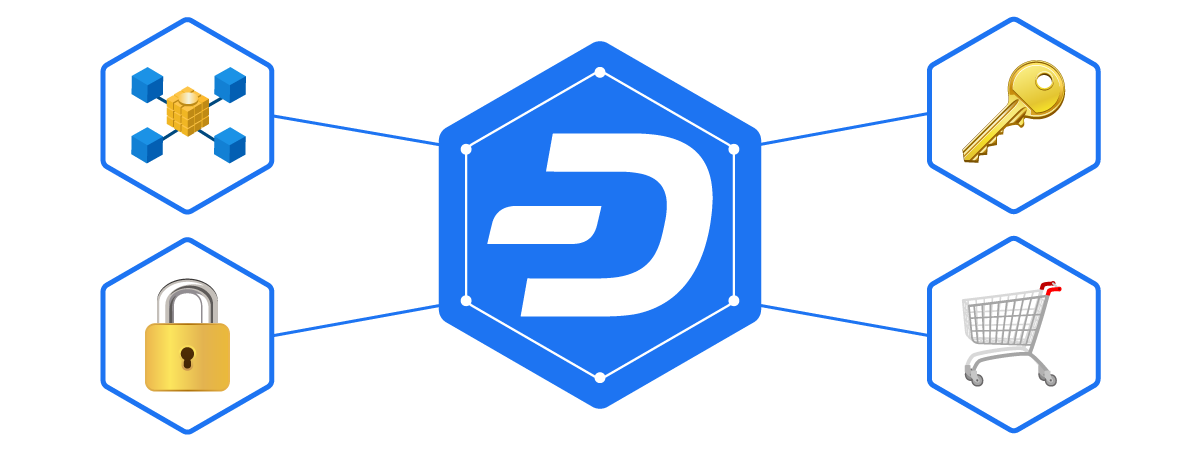Launched at the beginning of 2014, Dash included features focused on speed, privacy and usability, making it ideal for use as a digital currency. Dash has always lead the way with innovative ideas, many of which have been copied to other blockchain solutions. In 2017, Dash plans looked to expand on the P2P model in place served by masternodes. Dash’s original developer Evan Duffield published a white paper describing version 13, nicknamed Dash Evolution. The ambitious project entailed a variety of features that today we align with “Web3”. Evolution, now known as Dash Platform, serves this future world well, and that’s precisely why we believe Dash Platform will be an important Web3 technology.
The History of Dash Evolution
Dash has a long history of innovation and development. The Evolution white paper described a product vision and an important network upgrade. The initial concept was to make cryptocurrency payments easier for users by introducing usernames and profiles in the protocol. As the plans unfolded, the main capabilities of Evolution (i.e., Dash Platform) enable developers to build decentralized applications (DApps) on top of the Dash network.
Three core elements of Dash Platform are:
1. A decentralized database-as-a-service to trustlessly store application data on the Dash network. Masternodes will support this innovative new layer and be rewarded for providing the service.
2. A decentralized API (DAPI) enables developers to interact directly with Dash via a single interface. Masternodes, instead of using “trusted third parties”, support the API via HTTP.
3. The Dash Platform Name Service (DPNS) will enable resolving blockchain identities. Using readable names reduces the friction (complexity) of many blockchain transactions, much like DNS makes web use easier than typing in IP addresses.
Web3 and Dash
Web3 describes the vision of the next iteration of the internet, using blockchains and cryptocurrencies to remove the “walled gardens” of content ownership we experience today. We’ve already seen the rapid expansion of non-fungible tokens (NFTs) that demonstrate how individuals can more effectively control their own content.
The four elements of Web3 are:
1. Decentralization
Web3 ownership is distributed amongst its builders and users. Rather than relying on particular vendors (e.g., Facebook, Google, Microsoft), the blockchains provide their own decentralized services. As you can see from the core elements of Dash Platform above, the network manages those services without relying on anything outside the network. Users, developers, and providers can plug in to tap the available services, which will expand rapidly over time.
2. Trustless
Web3 operates based on incentives and economic mechanisms instead of centralized authority. As mentioned with Dash, masternodes already serve the network, but their services will be expanded to offer more decentralized services. The blockchain polices itself to secure and authenticate identities & transactions.
3. Permissionless
A tenet for Web3 is that everyone shares equal ability to participate and access resources. Participation is not controlled by an administrator. Anyone can participate in the consensus and validate the data. Dash has always addressed this tenet.
4. Native Payments
Web3 uses cryptocurrency instead of banks and payment processors. Bingo. Dash (“Digital Cash”) checks this box better than any cryptocurrency. By making transactions fast, secure, and inexpensive, Dash should be an important contributor for Web3 adoption. Completing transactions in seconds, not minutes, for pennies, not exorbitant fees, is optimal for Web3.
Why Dash Platform Will Be an Important Web3 Technology
Although there are thousands of cryptocurrencies, Dash brings a maturity and feature set that make it ideal to support Web3. Dash Platform brings a unique technology edge that other coins haven’t even considered. Dash masternodes have always delivered fast, reliable, secure, and affordable transaction processing. Adding in more functionality is incremental, not revolutionary. We also expect Web3 to entail more than one platform, and we see Dash Investment Foundation embracing Dash as a bridge within the blockchain ecosystem, not an island. Interoperability will be essential to Web3, yet another layer of decentralization (one coin would be horribly constraining!). And yet another advantage of Dash is that its foundation provides a sustainable ecosystem. Through the ups and downs of cryptocurrency prices, Dash has been a consistently safe option.


Leave A Comment